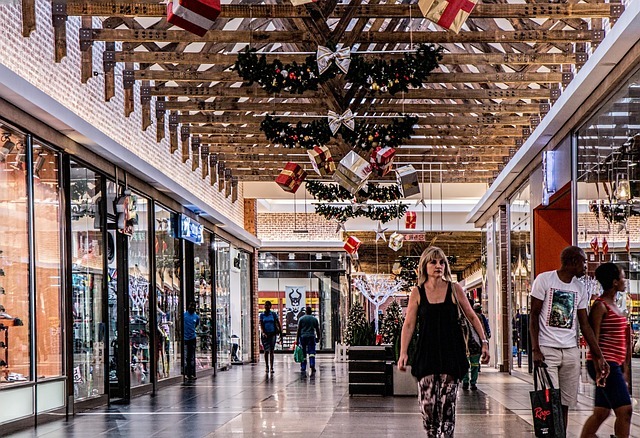U.S. retail sales posted a stronger-than-expected rebound in June, offering fresh signs that American consumers remain a steady force in the national economy. After a 0.9% decline in May, retail sales increased by 0.6% month-over-month, according to new data from the U.S. Census Bureau. The increase exceeded Wall Street Journal projections, which had forecast a 0.2% gain.
The rebound in U.S. retail sales was driven in part by higher spending on motor vehicles, which rose 1.2% in June. Bars and restaurants also saw a 0.6% gain, contributing to broader growth across most retail categories. Sales grew across nearly every major store type except for furniture and electronics/appliance retailers, each of which dipped by 0.1%.
Though part of the increase reflects real demand, economists noted that price inflation related to recent tariffs may have also played a role.
Tariffs and Price Effects in Retail
Retail sales data is not adjusted for inflation, meaning that price hikes—rather than more goods sold—can inflate sales totals. Wells Fargo analysts estimate that real retail sales, adjusted for inflation, rose just 3.2% in June compared to a year ago. That figure marks the slowest annual increase since August 2024.
Still, the 3.9% year-over-year growth in unadjusted retail sales is a marked improvement from May’s pace. The so-called “control group” of retail sales, which strips out volatile categories such as gasoline and food services, showed the lowest annual gain in eight months. Yet even with these caveats, the data underscores a resilient consumer sector that continues to spend despite higher prices and economic uncertainty.
The current data points to both inflationary pressure and underlying consumer momentum. Businesses in the Mid Valley region that cater to automotive, food service, and general retail may see a continuation of this trend, especially if consumers maintain their spending patterns into the second half of the year.
Impacts Felt Locally
For local retailers in El Monte, Baldwin Park, and surrounding communities, the national retail bump may translate to modest local gains, especially for those in sectors that saw national growth. Restaurant operators and car dealerships may benefit from increased foot traffic and purchasing interest. The boost also comes as welcome news for small businesses navigating rising wholesale costs due to global tariffs.
“Retailers are facing higher import costs, but many are finding that customers are still coming in the door,” said a recent analysis by Wells Fargo. “For now, the consumer is still holding up.”
The extent to which inflation will influence future spending remains uncertain. But for now, the strength in U.S. retail sales appears to signal a stable—if cautious—consumer environment. That’s a promising sign for local businesses hoping to finish the summer season on stronger footing.
Outlook Remains Cautiously Positive
While June’s numbers are encouraging, analysts caution that future consumer activity may hinge on factors such as wage growth, credit conditions, and price stability. The Federal Reserve continues to monitor inflation closely, and any rate adjustments could influence household budgets in the coming months.
Still, June’s rebound is an optimistic reminder that consumers are still showing up and spending. For Mid Valley residents and business owners alike, the latest retail data offers a reason to remain hopeful about economic stability in the months ahead.
For more details on the national report, visit the U.S. Census Bureau Retail Trade page. A summary of economic analysis is also available from Wells Fargo’s Economics Group.


